Search
Did you mean: Byzantine Art?
Search Results
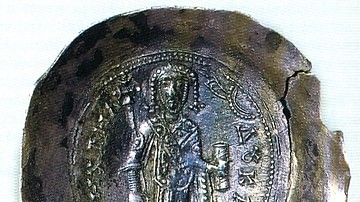
Definition
Despotate of Epirus
The Despotate of Epirus was one of the successor states of the Byzantine Empire when it disintegrated following the Fourth Crusade's capture of Constantinople in 1204 CE. It was originally the most successful of those successor states, coming...
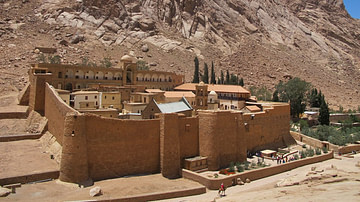
Article
Byzantine Monasticism
Monasticism, that is individuals devoting themselves to an ascetic life in a monastery for devotional purposes, was an ever-present feature of the Byzantine empire. Monasteries became powerful landowners and a voice to be listened to in imperial...

Image
Law Code of King Ur-Nammu
This law code is considered the oldest known law code surviving today. Many terracotta tablets of this law code have been excavated at several archaeological sites in Mesopotamia. This tablet was found at Nippur (modern Nuffar, Al-Qadisiyah...

Article
Trade in the Byzantine Empire
Trade and commerce were essential components of the success and expansion of the Byzantine Empire. Trade was carried out by ship over vast distances, although for safety, most sailing vessels were restricted to the better weather conditions...
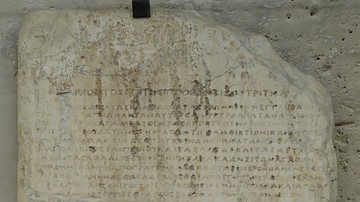
Image
Amphictionic Law of Delphi
Amphictionic law of Delphi, Pentelic marble stele, from Aegina, 4th century BCE.
Louvre, Paris.
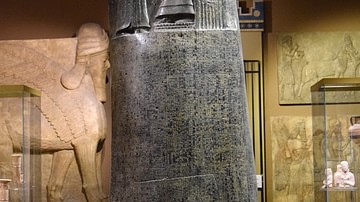
Image
Hammurabi's Law Code
A diorite stele with an inscription of Hammurabi's code of laws. Susa, Babylonia, 18th century BCE. Cast of the original now in the Louvre, Paris. (Pushkin Museum, Moscow)
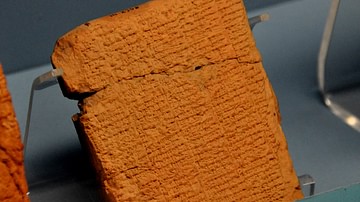
Image
Law Code Tablet of King Hammurabi from Nippur
This terracotta tablet is a smaller version of the original Code of Hammurabi to be used in schools and courts. The tablet was found at Nippur (modern Nuffar, Al-Qadisiyah Governorate, Iraq), southern Mesopotamia. Old Babylonian era, 1790...
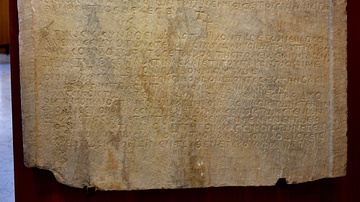
Image
Law of Anastasius I Dicorus
Marble slab inscribed in Greek. This is the law of the Byzantine Emperor Anastasius I Dicorus (reigned 491-518 CE), regulating the passage through Dardanelles customs. Byzantine Period, 6th century CE. From Abydos, Çanakkale, in modern-day...

Article
Society in the Byzantine Empire
The society in the Byzantine Empire (4th-15th century CE) was dominated by the imperial family and the male aristocracy but there were opportunities for social advancement thanks to wars, population movements, imperial gifts of lands and...

Article
Daily Life in the Byzantine Empire
Daily life in the Byzantine Empire, like almost everywhere else before or since, largely depended on one's birth and the social circumstances of one's parents. There were some opportunities for advancement based on education, the accumulation...